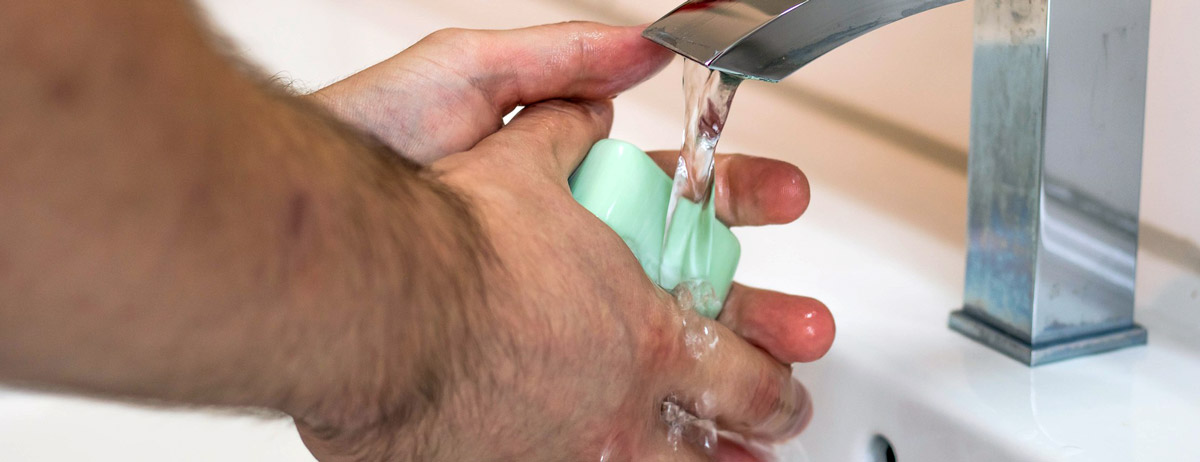What is Occupational Dermatitis?
Occupational Dermatitis is where the persons work involves significant or regular exposure to a known skin sensitiser or irritant.

The problem
Occupational dermatitis is one of the most widespread causes of ill health and affects workers in many industry sectors. During the current COVID 19 pandemic the numbers are rising due to the many items we are coming into contact with from hand gels/sprays to different soaps from constant handwashing.
Nationally, across all industries, an estimated 84,000 people have dermatitis caused or made worse by their work. The food and catering industries account for about 10% of this figure.
Occupational dermatitis accounts for:
- 10% of compensation cases under the Department of Work and Pensions Industrial Injuries Scheme, and
- 13% of cases of occupational diseases reported to HSE under RIDDOR
Causes of dermatitis
Water, soaps and detergents
Usually in the catering and food occupations, the prolonged contact with water, soaps and detergents causes about 55% of dermatitis cases. This results in over 200 cases per year being reported by occupational physicians and dermatologists. Many additional cases will be seen by other medical professionals.
Foods
About 40% of dermatitis cases in the industry are caused by contact with foods. A wide variety of foods have been shown to cause dermatitis including sugar, flour/dough, fruits (especially citrus fruits), vegetables, spices, fish and meats.
Other causes
Contact dermatitis can also be caused by contact with coins, rubber/latex gloves, chemicals and cleaners and some alcohol-based hand sanitisers/rubs.
Managing prevention
Occupational dermatitis can be prevented by following a few simple precautions. Dermatitis is more easily prevented than cured and the costs of prevention are much less than those of a cure.
Find out if there is a problem
- Do workers come into contact with agents which could cause dermatitis?
- Monitor sickness absence due to skin problems (if there is one case there may be more)
- Investigate worker complaints and consult with safety representatives and employees
Decide what to do
- What is the cause and how many are affected?
- Provide some training, even of this is on zoom due to working from home.
- Can the cause of the problem be removed?
- Email or text your staff to ask them if they have any issues or maybe have questions.
- Can the cause of the problem be substituted for something better?
- Can contact be prevented in other ways such as wearing gloves (but remember some people are sensitive to latex and rubber glove materials and may require cotton-lined gloves).
- Consider providing an after-work moisturising cream to replace lost natural skin oils
- Add information to the staff notice board so they can find out more.
- Consider other measures, such as job rotation
Monitoring
- Monitor the situation to ensure the control measures are effective
- Consider the need to provide simple health surveillance by a responsible person to enquire about symptoms of dermatitis
Training and information to workers
An important element of prevention involves explaining to your staff:
- the causes of contact dermatitis
- how to minimise the risks
- how to recognise symptoms
- the importance of reporting symptoms immediately
If you need any further information please contact Joanne on joanne@chestnutassociates.co.uk


